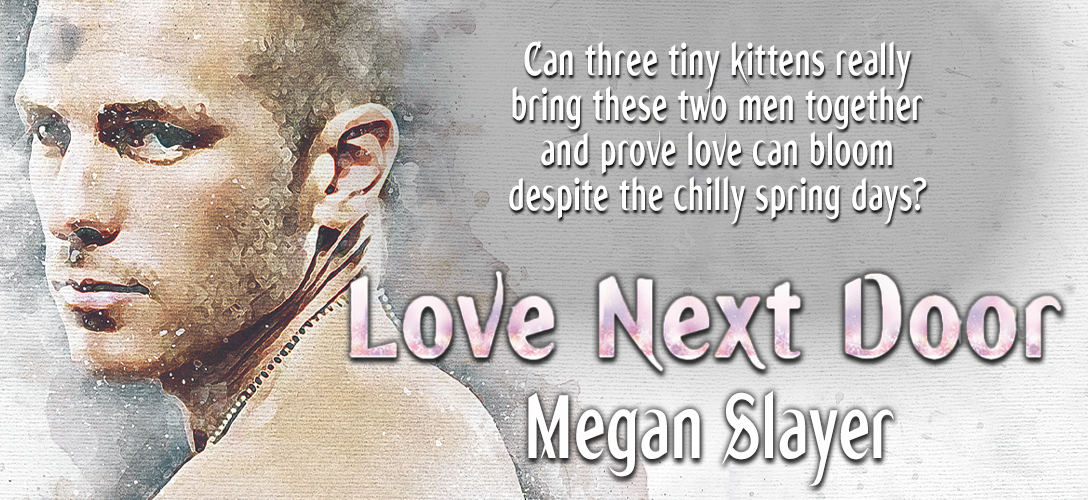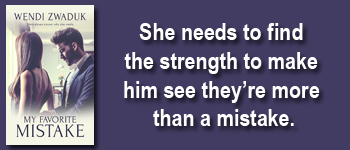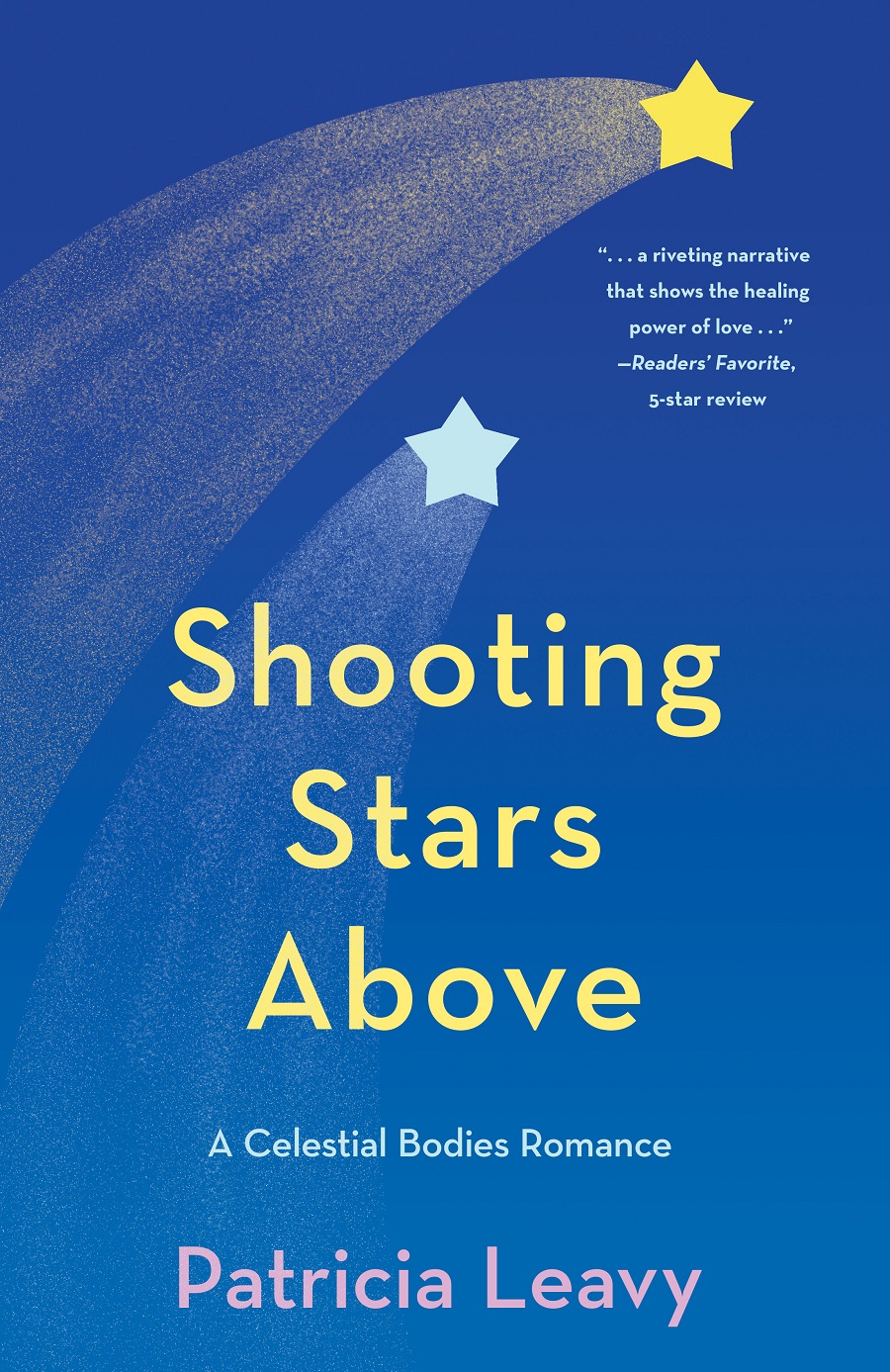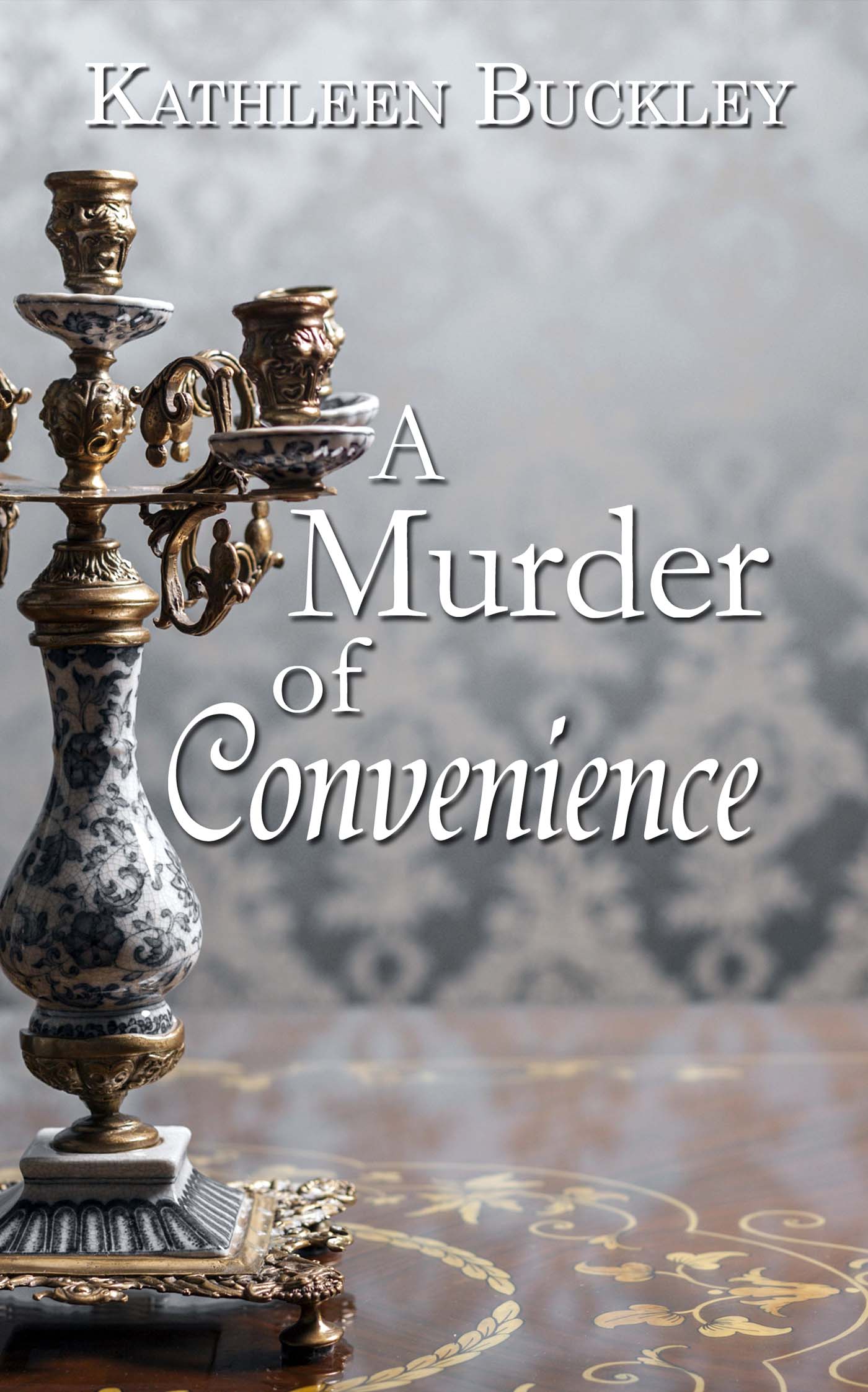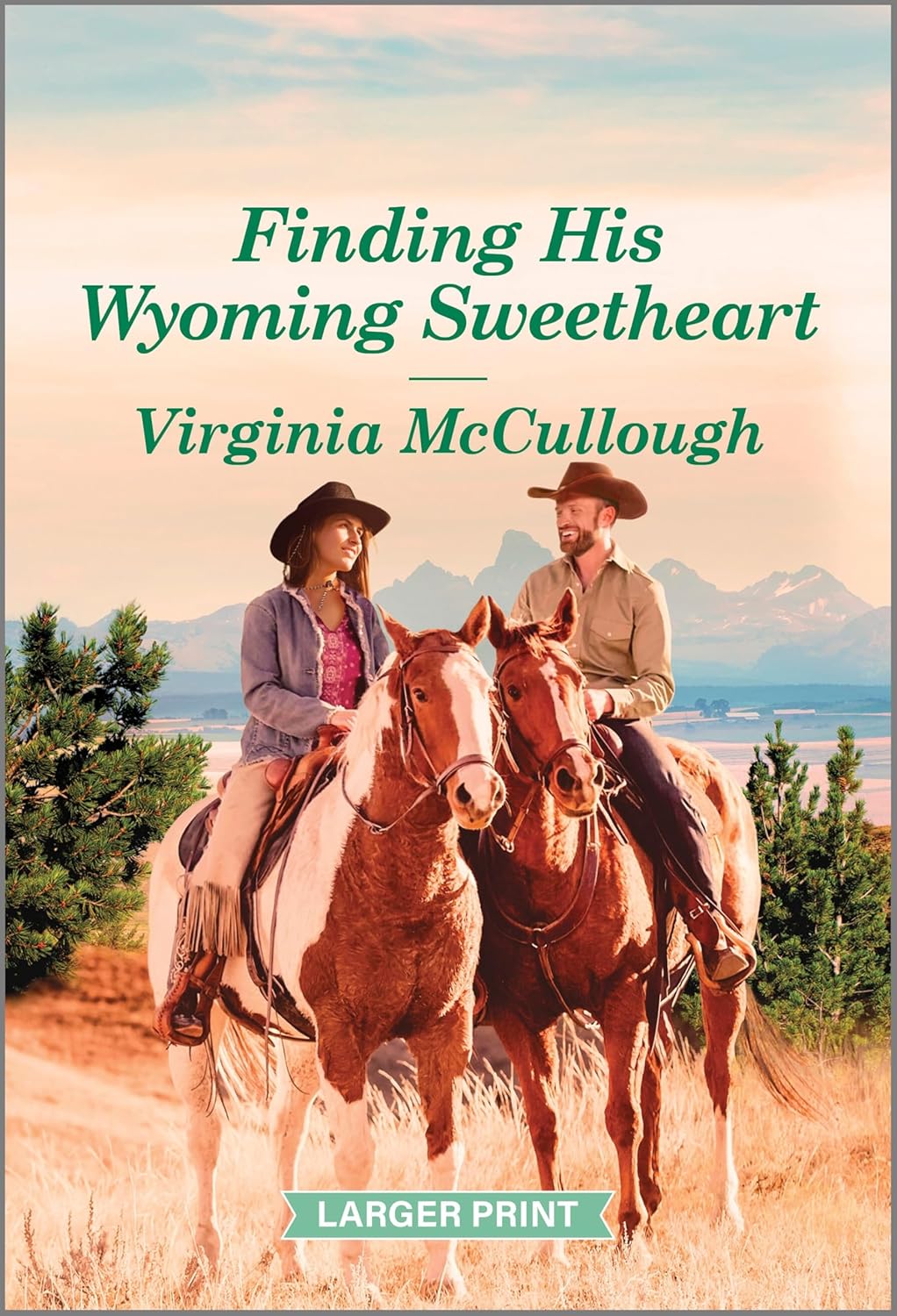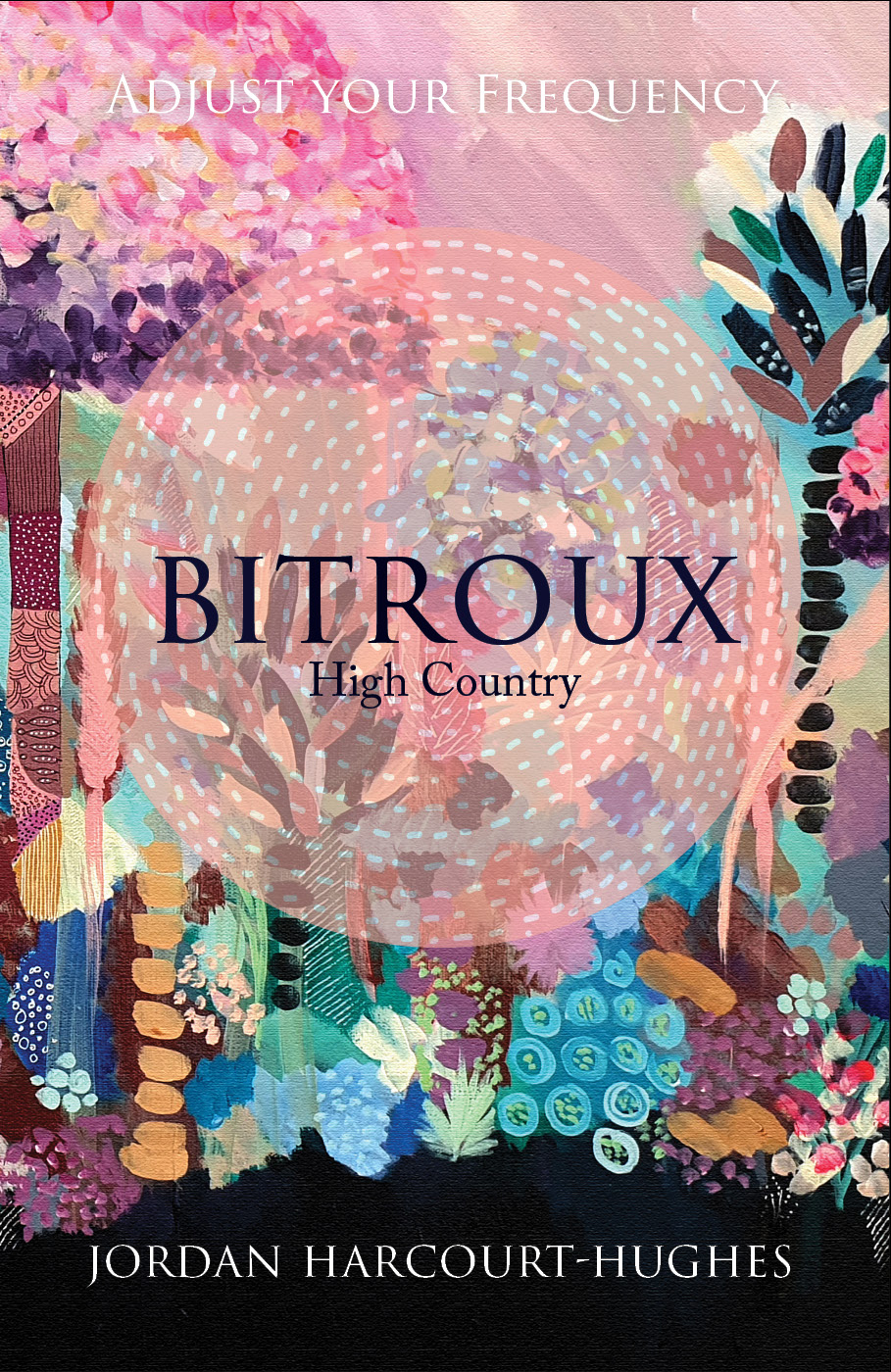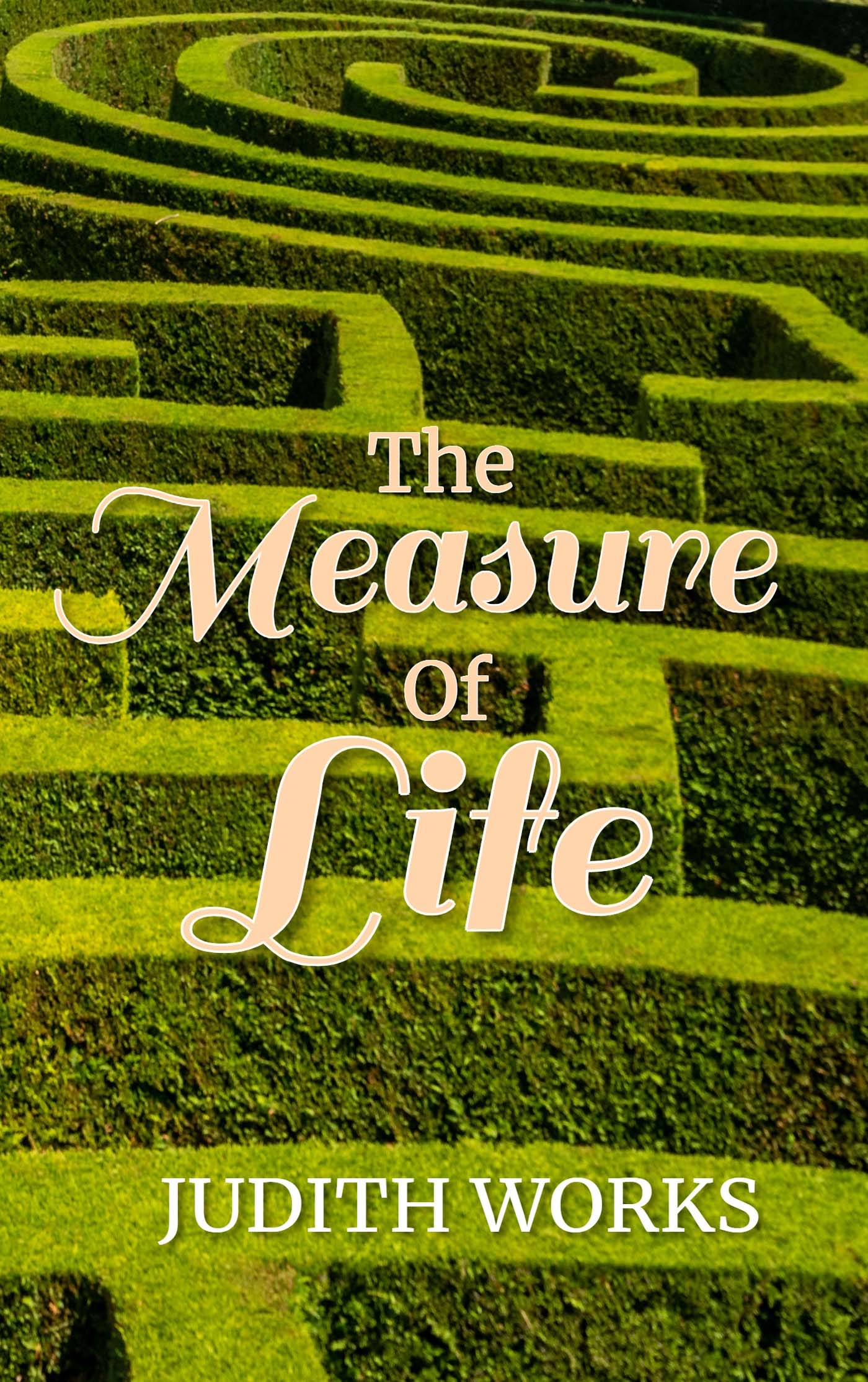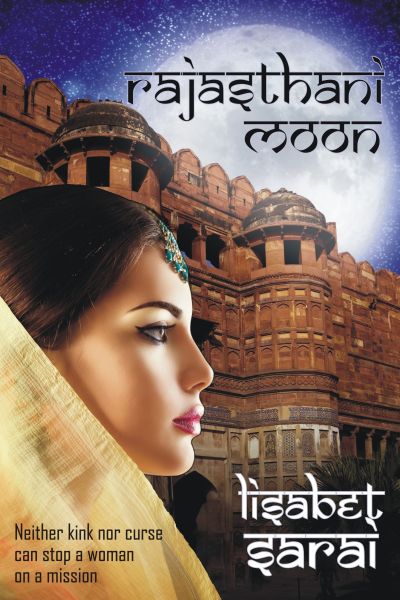This post is part of a virtual book tour organized by Goddess Fish Promotions. Donna Bourgeois will be awarding a $20 Amazon or B/N GC to a randomly drawn winner via rafflecopter during the tour. Click on the tour banner to see the other stops on the tour.
If you are of dating age or married, I wrote this book for you.
This is not a self-help or a how-to book. This is the story of the metamorphosis of a timid, fear filled child who finally blossomed into a warrior. I have many scars that no one can see, but they are healed now. Through these battles to become a warrior, I have helped the wounded souls that have come to me and seen them overcome their demons to stand tall and proud of who they are. It has brought me great joy.
Through the years, I have heard along the way that the ancient Chinese would fix their broken china cups or figurines with gold to make them whole again, and more valuable. I believe that humans can be repaired with love and a sense of self-worth. Each and every one of us are here for a purpose and we are given gifts to help fulfill our purpose.
I would love for you to come on this journey with me.
Enjoy an Exclusive Excerpt
When we met the next week, we all laughed at the response we got from our families. That did a lot to break the ice. I brought a circle-of-friends candle holder with me. It had been broken, the heads snapped off, but I’d glued it back together and I said that it reminded me of our group. We continued our session with Mandy leading us in a meditation. We were to clear our minds of all the internal voices in our heads so we could have a clear mind when we talked with each other. It took us about two months to warm up to each other and trust the group enough to share our deepest, darkest feelings that we carried around with us. There was a sacred trust amongst us that anything we said stayed there and was never to leave the room.
It was several months in when one of the girls said to me something that I will never forget: “Donna, you are being held hostage by your mother. She is a narcissist.”
She then explained to us what a narcissist was.
I was not losing my mind. I was not coming apart. Maybe I could be free from her terror and begin to have my own life, make my own decisions. I knew it was going to be an uphill battle to free myself from her chains. But I now had a name for the demon—narcissism—and, by God, I was going to fight. I can never thank this woman enough for seeing what was strangling me.
Why hadn’t any of the doctors, psychiatrists, psychologists or counsellors I’d had before clued into this?
About the Author: 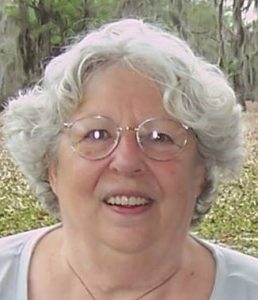 Donna G. Bourgeois enjoys writing and painting, both excellent activities to soothe the soul. She went to university at 65-years-old and earned an associate degree in theology, just to keep the grey matter healthy. She considers her greatest quality to be the ability to love greatly and be kind to those who life have put on her path. Life with Ollie is her first book, although she has many more story ideas waiting in the wings. She believes if you listen to your inner voice, you will find your bliss.
Donna G. Bourgeois enjoys writing and painting, both excellent activities to soothe the soul. She went to university at 65-years-old and earned an associate degree in theology, just to keep the grey matter healthy. She considers her greatest quality to be the ability to love greatly and be kind to those who life have put on her path. Life with Ollie is her first book, although she has many more story ideas waiting in the wings. She believes if you listen to your inner voice, you will find your bliss.
Buy the book at Amazon.
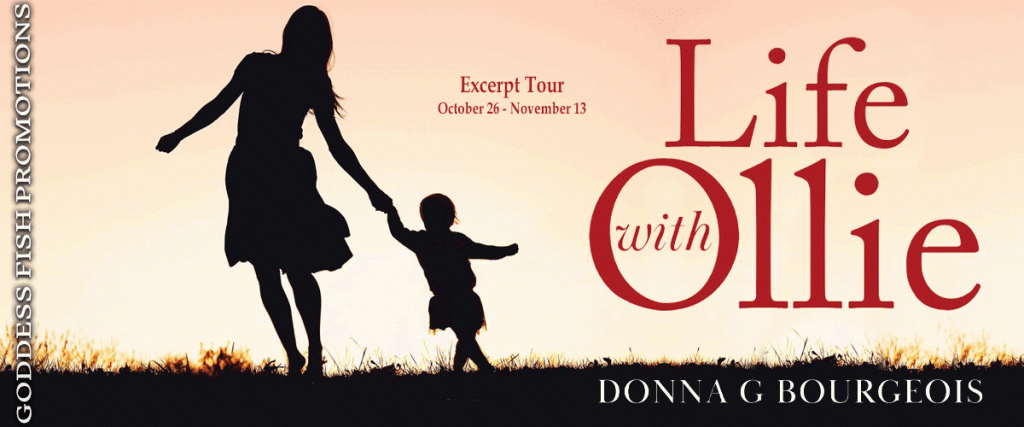
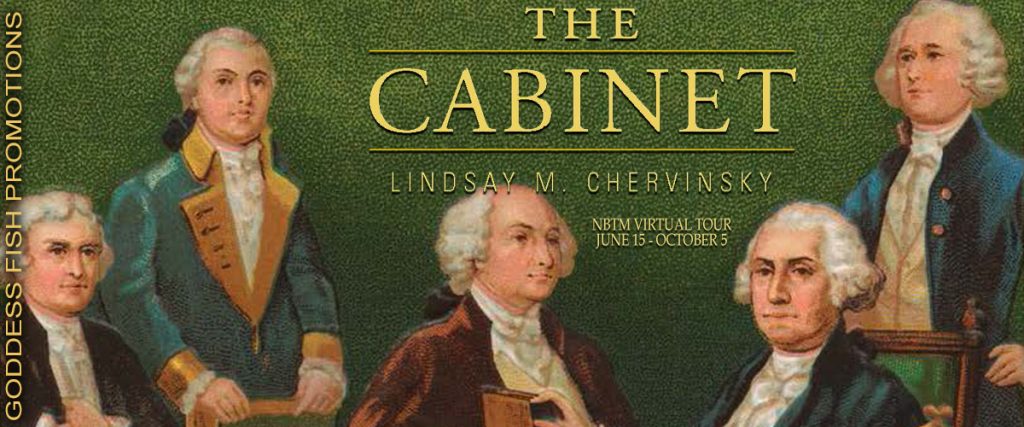
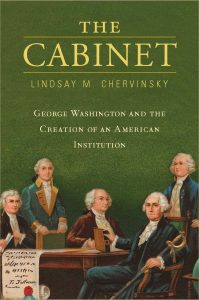 The US Constitution never established a presidential cabinet―the delegates to the Constitutional Convention explicitly rejected the idea. So how did George Washington create one of the most powerful bodies in the federal government?
The US Constitution never established a presidential cabinet―the delegates to the Constitutional Convention explicitly rejected the idea. So how did George Washington create one of the most powerful bodies in the federal government? Lindsay M. Chervinsky, Ph.D. a historian of Early America, the presidency, and the government – especially the president’s cabinet. She shares her research by writing everything from op-eds to books, speaking on podcasts and other media, and teaching every kind of audience. She is Scholar-in-Residence at the Institute for Thomas Paine Studies and Senior Fellow at the International Center for Jefferson Studies. Previously, she worked as a historian at the White House Historical Association. She received her B.A. in history and political science from the George Washington University and her M.A. and Ph.D. from the University of California, Davis. She has been featured in the Law and History Review, the Journal of the Early Republic, TIME, and the Washington Post. Her new book, The Cabinet: George Washington and the Creation of an American Institution, was published by the Belknap Imprint of Harvard University Press on April 7, 2020.
Lindsay M. Chervinsky, Ph.D. a historian of Early America, the presidency, and the government – especially the president’s cabinet. She shares her research by writing everything from op-eds to books, speaking on podcasts and other media, and teaching every kind of audience. She is Scholar-in-Residence at the Institute for Thomas Paine Studies and Senior Fellow at the International Center for Jefferson Studies. Previously, she worked as a historian at the White House Historical Association. She received her B.A. in history and political science from the George Washington University and her M.A. and Ph.D. from the University of California, Davis. She has been featured in the Law and History Review, the Journal of the Early Republic, TIME, and the Washington Post. Her new book, The Cabinet: George Washington and the Creation of an American Institution, was published by the Belknap Imprint of Harvard University Press on April 7, 2020.

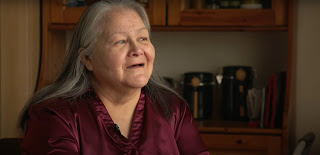
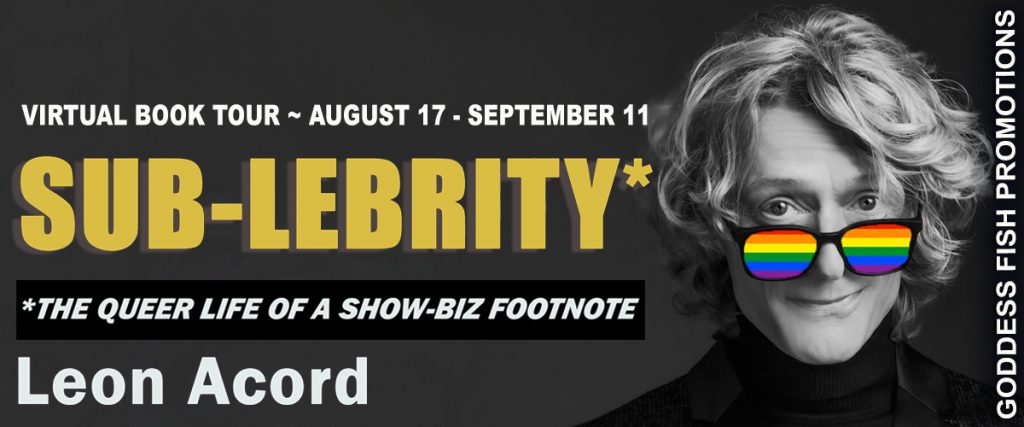
 A droll, oddly inspirational memoir from the actor Breitbart once called “a gay leftist activist,” SUB-LEBRITY by Leon Acord (Old Dogs & New Tricks) is an honest, sometimes bitchy but always sincere story about growing up (very) gay in rural Indiana, achieving acting success outside the closet, and generating headlines with his very-public smackdown with Trump-loving Susan Olsen (Cindy, The Brady Bunch)
A droll, oddly inspirational memoir from the actor Breitbart once called “a gay leftist activist,” SUB-LEBRITY by Leon Acord (Old Dogs & New Tricks) is an honest, sometimes bitchy but always sincere story about growing up (very) gay in rural Indiana, achieving acting success outside the closet, and generating headlines with his very-public smackdown with Trump-loving Susan Olsen (Cindy, The Brady Bunch) Leon Acord is an award-winning actor and writer who has appeared in over 35 films you’ve never seen and 30 plays you’ve never heard of. Possible exceptions include the digital TV series Old Dogs & New Tricks on Amazon Prime Video (which he created, wrote & co-produced), and the stage hit Carved in Stone (in which he played Quentin Crisp in both SF and LA productions). His memoir, SUB-LEBRITY: The Queer Life of a Show-Biz Footnote, is now available in paperback & e-book on Amazon. He wrote his one-man show Last Sunday in June (1996) and co-authored the 2014 play Setting the Record Gay. He was a “Take Five” columnist for Back Stage West throughout 2009 and a former contributor to Huffington Post. He has also written for San Francisco Examiner and the journal Human Prospect. He currently lives in West LA with husband Laurence Whiting & their cat Toby.
Leon Acord is an award-winning actor and writer who has appeared in over 35 films you’ve never seen and 30 plays you’ve never heard of. Possible exceptions include the digital TV series Old Dogs & New Tricks on Amazon Prime Video (which he created, wrote & co-produced), and the stage hit Carved in Stone (in which he played Quentin Crisp in both SF and LA productions). His memoir, SUB-LEBRITY: The Queer Life of a Show-Biz Footnote, is now available in paperback & e-book on Amazon. He wrote his one-man show Last Sunday in June (1996) and co-authored the 2014 play Setting the Record Gay. He was a “Take Five” columnist for Back Stage West throughout 2009 and a former contributor to Huffington Post. He has also written for San Francisco Examiner and the journal Human Prospect. He currently lives in West LA with husband Laurence Whiting & their cat Toby. 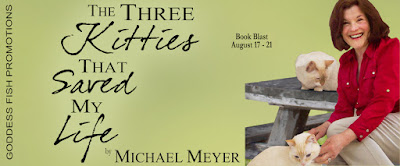
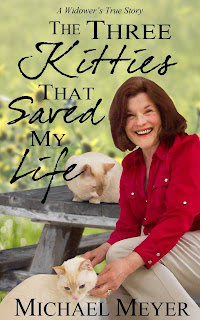

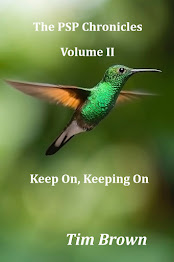
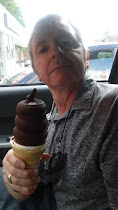
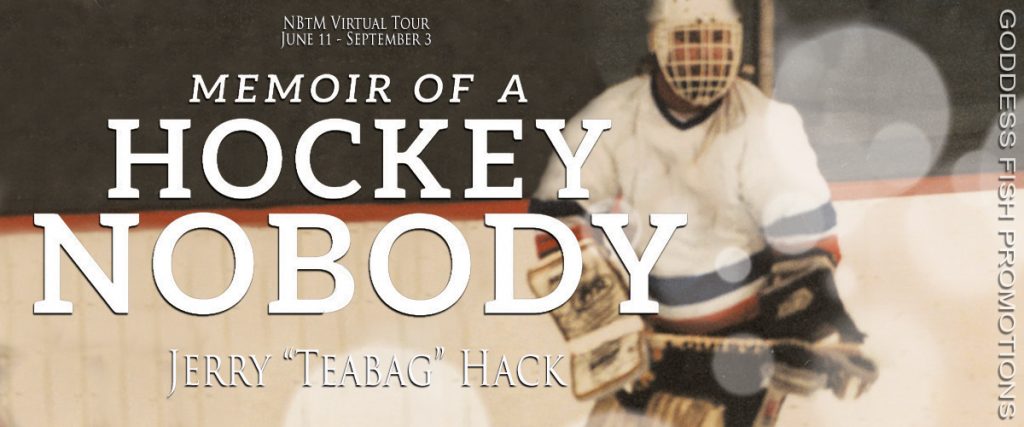
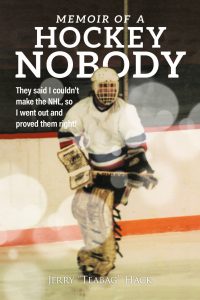 Memoir of a Hockey Nobody is the unlikely true story of an average Canadian kid who grew up playing street hockey. Although he didn’t learn how to skate until his late teens, he took a shot at entering the world of professional ice hockey with, shall we say, haphazard results.
Memoir of a Hockey Nobody is the unlikely true story of an average Canadian kid who grew up playing street hockey. Although he didn’t learn how to skate until his late teens, he took a shot at entering the world of professional ice hockey with, shall we say, haphazard results.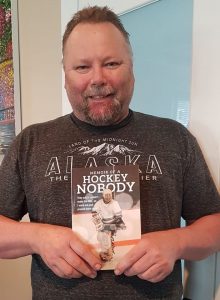 About the Author: I was born and raised in Burnaby, British Columbia. My sisters and I were raised by hard-working blue collar parents. We were and are a tight knit family. I grew up loving sports but hockey most of all. In fact, it was my passion. I read about it, watched it and played it. I was an average student and a good athlete. I could play most sports without looking out of place. But I was born to be a goalie. I graduated from high school in 1979 and a year later began my journey playing ice hockey. 40 years later, I am happily married with a 12 year old daughter and loving life more than ever.
About the Author: I was born and raised in Burnaby, British Columbia. My sisters and I were raised by hard-working blue collar parents. We were and are a tight knit family. I grew up loving sports but hockey most of all. In fact, it was my passion. I read about it, watched it and played it. I was an average student and a good athlete. I could play most sports without looking out of place. But I was born to be a goalie. I graduated from high school in 1979 and a year later began my journey playing ice hockey. 40 years later, I am happily married with a 12 year old daughter and loving life more than ever.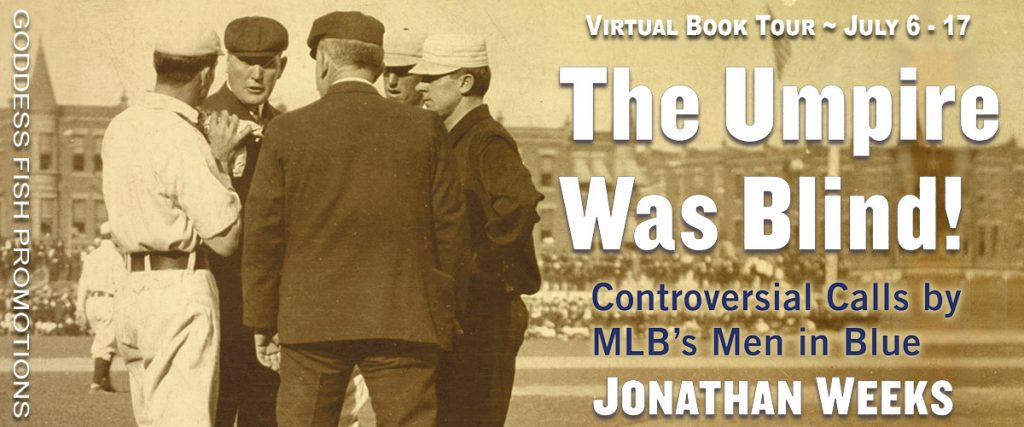
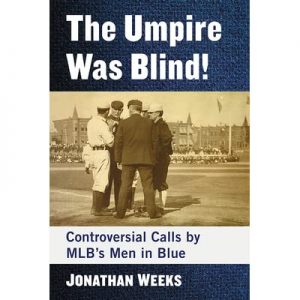 In the words of former American League umpire Nestor Chylak, umpires are expected to “be perfect on the first day of the season and then get better every day.” Forced to deal with sullen managers and explosive players, they often take the blame for the failures of both. But let’s face it—umpires are only human.
In the words of former American League umpire Nestor Chylak, umpires are expected to “be perfect on the first day of the season and then get better every day.” Forced to deal with sullen managers and explosive players, they often take the blame for the failures of both. But let’s face it—umpires are only human.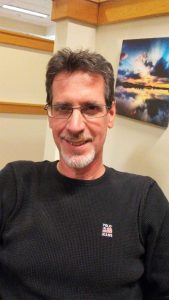 Weeks spent most of his life in the Capital District region of New York State. He earned a degree in psychology from SUNY Albany. In 2004, he migrated to Malone, NY. He continues to gripe about the frigid winter temperatures to the present day. He has published several books on the topic of baseball. He would have loved to play professionally, but lacked the talent. He still can’t hit a curve ball or lay off the high heat. In the winter months, he moonlights as a hockey fan.
Weeks spent most of his life in the Capital District region of New York State. He earned a degree in psychology from SUNY Albany. In 2004, he migrated to Malone, NY. He continues to gripe about the frigid winter temperatures to the present day. He has published several books on the topic of baseball. He would have loved to play professionally, but lacked the talent. He still can’t hit a curve ball or lay off the high heat. In the winter months, he moonlights as a hockey fan.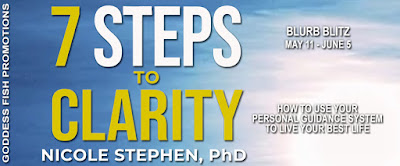

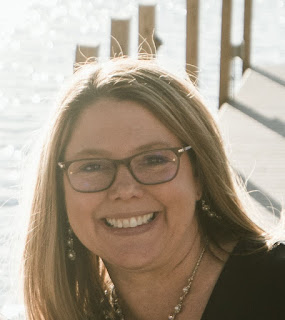
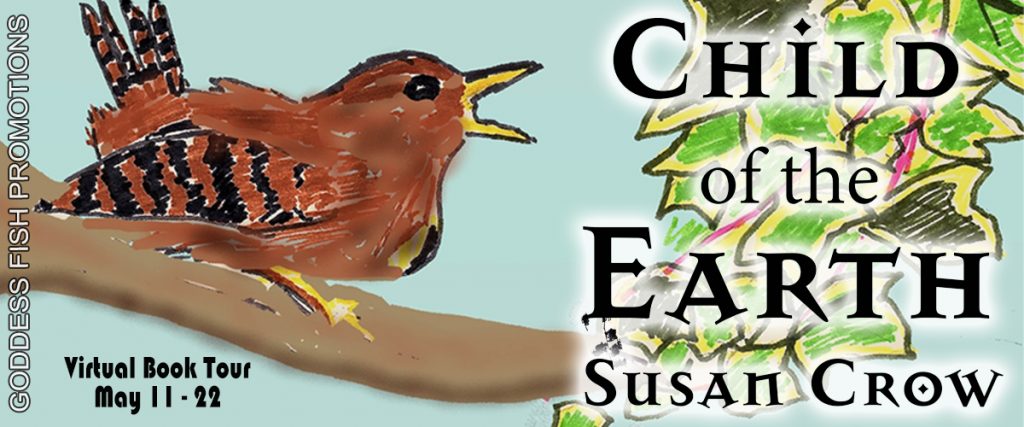
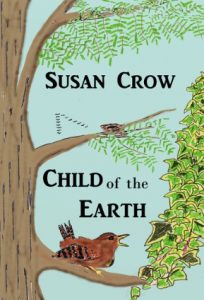 Here is a nest egg of memories and anecdotes teased from a life uplifted by an appreciation of the natural world.
Here is a nest egg of memories and anecdotes teased from a life uplifted by an appreciation of the natural world.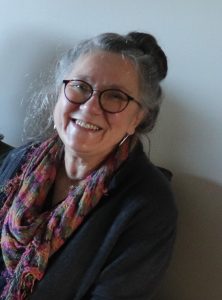 Susan grew up in the Isle of Axholme, which inspired the Crowvus best-seller, Child of the Isle. She has a deep love of nature which is apparent in all her writing from the poems she has had published in various anthologies, to her 2020 release, Child of the Earth.
Susan grew up in the Isle of Axholme, which inspired the Crowvus best-seller, Child of the Isle. She has a deep love of nature which is apparent in all her writing from the poems she has had published in various anthologies, to her 2020 release, Child of the Earth.
